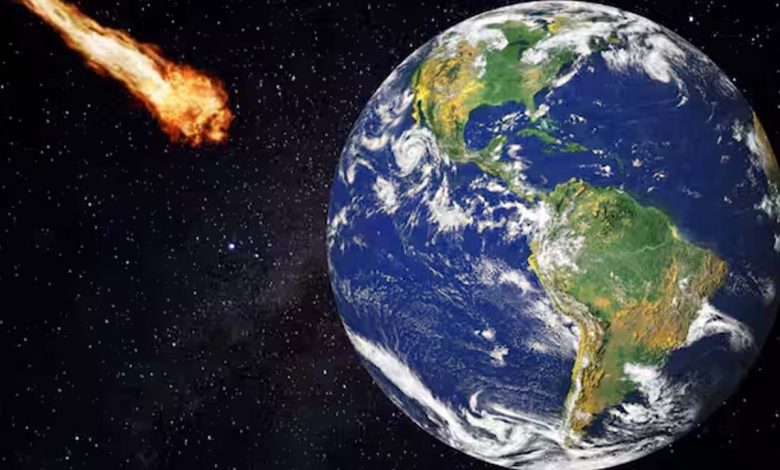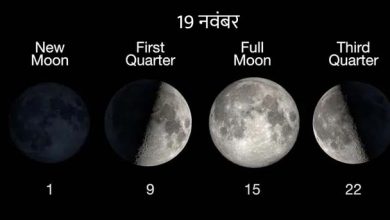How? Younger Dryas started

science; Thousands of years ago, a comet falling on Earth caused a fire on Earth: Study The Younger Dryas period saw sudden climate change on Earth, as the ice age came with sudden speed and disappeared with the same speed. In a new study, scientists have found that about 12,000 years ago, a comet hitting the Earth’s atmosphere caused a fire on Earth. The geological history of our planet is hidden in layers of soil and stone, where evidence of celestial impacts, ancient cultures and climate changes exists.
About 12,800 years ago, during the Younger Dryas period, there were extreme environmental changes on Earth and a comet hitting the Earth also caused a fire. According to the Younger Dryas impact hypothesis, this cooling event was triggered by a cosmic airburst caused by a fragmented comet hitting the Earth’s atmosphere about 12,800 years ago. Scientists Find Evidence of Younger Dryas AirburstIn a new study, scientists have found more evidence supporting this hypothesis.They have discovered traces of cosmic airbursts that were scattered across various locations in the eastern United States — including Maryland, New Jersey, and South Carolina.In the new evidence, they have found materials that indicate the force and temperature that were part of such an event — such as platinum, microspherules, molten glass, and shock-fractured quartz.”We found that the pressures and temperatures were not characteristic of large crater-forming impacts, but rather consistent with so-called ‘touchdown’ airbursts that don’t create much in the way of craters,” said James Kennett, a professor at UC Santa Barbara who led the study.
What Was the Younger Dryas Period?The Younger Dryas is of great importance to climate researchers. This provides them with valuable information about possible rapid changes in the Earth’s climate system.Watch: Asteroid 2024 MK passes 300,000 km from Earth The period also shows the interconnectedness of our terrestrial, atmospheric and oceanic systems.Younger Dryas also marks the sudden return of icy atmosphere on the Earth’s surface which interrupted the gentle warming of climate on Earth after the last ice age. This icy condition is said to have lasted from 12,900 to 11,700 years ago.This abrupt climate change also affected global vegetation and caused the extinction of various large animal species.





